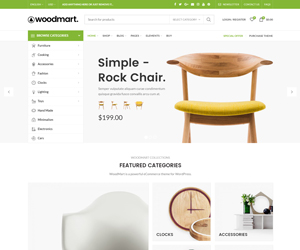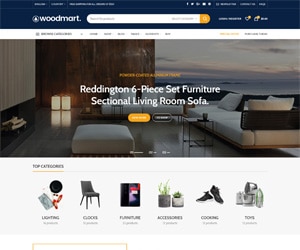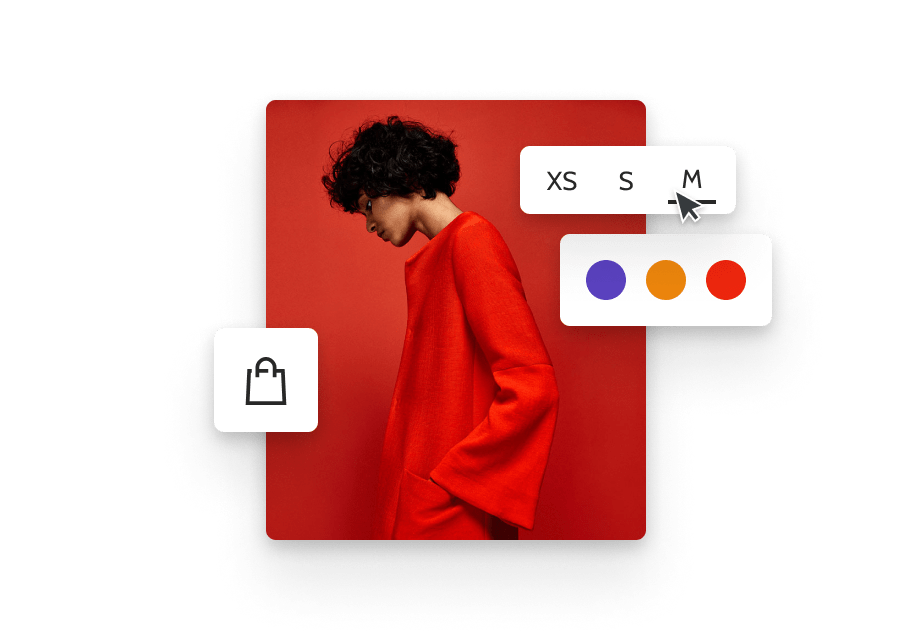Guide to Delivery Driver Taxes for 2025
Food delivery drivers pay self-employment taxes using Schedule SE (Form 1040), which is the form used to report self-employment taxes. The self-employment tax rate is 15.3% of net earnings from self-employment, which includes income from food delivery work. This tax rate includes both the employee and employer portions of payroll taxes, which are normally withheld from an employee’s wages. Food delivery drivers will need to calculate their net earnings from self-employment and then multiply this amount by the self-employment tax rate to determine their self-employment tax liability.
Keeping detailed receipts and proper documentation is like guarding the keys to your financial kingdom. Embrace technological solutions like apps or cloud-based software to categorize and store your receipts digitally, ensuring a lasting, accessible record should the IRS request evidence of expenses. Alongside the digitized proof, maintain a physical copy when possible for added security against potential data loss.
Don’t leave anything unrecorded
- You can hire a financial expert to help you sort your tax filing and avail of the tax benefits for your delivery business.
- The Get It Back Campaign helps eligible individuals claim tax credits and use free tax filing assistance to maximize tax time.
- If you’re worried about doing your taxes properly, you can use the discounts on tax prep software to walk you through step-by-step how to file properly.
- You can create well-vetted reports as proof that can help a delivery business avail of the tax reduction benefits and streamline the filing process.
- How you report your income and whether you can deduct expenses depends on whether you’re an employee or an independent contractor.
The IRS sometimes audits taxpayers based on tax returns from the past three tax years (or six years if you have underreported your income). An audit means that the IRS will review your financial records to make sure that income is reported correctly and that it matches what you’ve submitted on your tax return. Unlike many employers, food delivery companies don’t provide benefits like sick leave or health insurance. When you sign up with the company, you don’t fill out a form to withhold taxes throughout the year.
Step 2: Select the right tax forms
If you’re like me, a part time driver, and make more than $600, you’ll get a 1099-NEC form. However, if you drive more often, make over $20,000, and have more than 200 transactions, you’ll likely get a 1099-K form. If you earned over $600 with Doordash during the year you will receive a 1099-NEC form from either Paypal or Stripe. Again, if you use TurboTax to prepare your return, the software will ask you a series of questions and fill out the proper forms for you. All features, services, support, prices, offers, terms and conditions are subject to change without notice. The ATBS Hub was designed to eliminate the headache of numbers and paperwork, allowing you to focus on your gig instead of bookkeeping.
For gig delivery drivers who have transitioned to being their own business owners, understanding the process of quarterly estimated tax payments is imperative. This system is designed to allow self-employed individuals, including gig delivery drivers, to pay portions of their expected annual income taxes throughout the year. Schedule C is the tax form used by gig delivery drivers to report the income and expenses related to their business.
Gig delivery drivers need to understand and adhere to the tax requirements of their state of residence. Unlike federal income taxes, which have uniform rates across the country, state taxes are not standardized. Self-employment taxes consist primarily of Social Security and Medicare taxes that total 15.3% of a gig delivery driver’s income.
Gig delivery drivers are required to pay self-employment taxes if their net earnings exceed $400. Drivers should fill out a Schedule SE, to accompany their personal tax return if they have earned this threshold amount in annual earnings from delivery work. It is paramount to know that self-employment tax is not the entirety of the tax obligation but is rather an additional tax on top of regular income taxes. You will file Schedule C to report your business income and expenses to the IRS. On the Schedule C form, you record all your business income (Grubhub, Postmates, DoorDash, and UberEATS income) and business tax deductions (expenses). You pay taxes on your net income, which is your total income minus any business tax deductions.
As an independent contractor, you provide delivery services to individuals. While working for delivery service companies, you set your own work hours and usually provide your own car or other method of transportation and other resources necessary to do your job. Maintain records of mileage, expenses, and income to accurately report taxes.
When using the mileage method:
Overall, understanding the nuances of tax obligations for food delivery drivers is essential for financial security and compliance. Most food delivery apps DO NOT track how many miles you’re driving when you’re online. To calculate the business use percentage, food delivery drivers can use a variety of methods, such as tracking their business use over a representative period or using a standard rate. For example, if a driver uses their phone 80% for business and 20% for personal purposes, they can deduct 80% of their total phone expenses on their tax return. Additionally, drivers should consult with a tax professional or accountant to ensure that they are in compliance with all tax requirements and regulations.
The process requires organization and readiness, with key tax documents including 1099-K, and 1099-NEC forms, detailed receipts, mileage logs, and proof of any estimated taxes paid to be kept on hand. Furthermore, access to essential personal information, such as Social Security numbers, is imperative for filing. Many apps provide mileage tracking on their statements while operating under that app. The challenge is if you work for more than one delivery company, you will likely not have accurate mileage tracking. Additionally, the mileage tracked by delivery apps can be off by 10% or more, costing you valuable deductible miles. Clothes, meals, and entertainment are not considered ordinary and necessary business expenses and must be handled separately.
Tips for Navigating State Tax Obligations
You can find this in your bank or credit card statements or from receipts if you pay cash. The IRS considers ordinary expenses to be those that are accepted and common in your business or trade. A necessary expense is appropriate and helpful for your business or work. As an independent contractor, you’re usually responsible for paying your own taxes. And just as an employer withholds a portion of each paycheck, the IRS expects you to pay taxes as you earn money throughout the year. If you’re an employee, you don’t have a lot of opportunities for tax write-offs related to your delivery driver income.
- Multiple tactics and strategies are used by different financial experts to ensure that a business can utilize most of the rules and benefits provided by the governing authority.
- Form 1099-K income will not be reduced by any fees or commission that UberEATS charges you.
- You may also need to complete Form 1040-ES, which is used to pay estimated taxes throughout the year.
- Upper Route Planner is the top route planner available in the industry because it combines premium features and cost-effective pricing.
- At Giggle Finance, you can apply for fast and flexible funding with no credit requirement, no paperwork, and no waiting around.
In 2020, residents in California pushed for legislation that would have required app-based delivery services to count drivers as employees. Track your tax deductions in a spreadsheet (printable spreadsheet) or an app. Keep in mind that you can only deduct the costs of these expenses that are used when you are working. For example, if you use filing taxes for on-demand food delivery drivers your phone 25 percent of the time for deliveries, you can only deduct 25 percent of your phone and phone plan cost. If you pay for a roadside assistance plan, you can deduct a portion of the cost based on the proportion of miles you drive for deliveries.
Phone and Data Costs
Usually, for food delivery companies, you will only receive Form 1099-NEC (if you earned more than $600), not Form 1099-K. In the case of UberEATS, if you earn at least $5,000 in delivery transactions (delivery fees and customer tips) in a calendar year, you will receive Form 1099-K. If you deliver food for GrubHub, Postmates, DoorDash, or UberEATS, you are self-employed. As a delivery provider for these companies, you are an independent contractor rather than an employee.
Step 3: Fill Out IRS Form 1040 and Schedule C
Apart from adding these expenses to your tax filing, different tax filing tips can help you with your tax bill reduction approach and ensure you don’t drain your profits. Things like insulation bags, music services, beverage holders, phones, phone plans, and accounting costs can all be deducted. If you use your phone for work-related calls or to communicate with customers or your employer, you may be able to deduct a portion of your phone expenses. You can calculate the deductible portion based on the percentage of work-related calls versus personal calls.
How do food delivery couriers count income?
A little guidance can go a long way in making sure your return is accurate and optimized. Each quarter, take time to review your income, track expenses, and calculate what you owe. Planning like this keeps your finances stable, reduces the chance of penalties, and makes tax season much less stressful. You can file using tax software like TurboTax or work with a tax professional. If you prefer old-school filing, print your forms and mail them to the IRS. You can deduct a portion of your car insurance that relates to your delivery work, especially if you’re using the actual expense method.
Reporting your income accurately is crucial to avoid potential penalties or audits from the IRS. Additionally, drivers should familiarize themselves with relevant tax forms, such as the 1099. We have filtered one of the best software to help you transform your delivery business.
Staying on top of your taxes is all about building habits that work for you. The more organized you are throughout the year, the easier it is to file accurately, claim the right deductions, and reduce your tax bill. Whether it’s tracking your mileage or setting calendar reminders for quarterly payments, these small steps add up to big savings.














